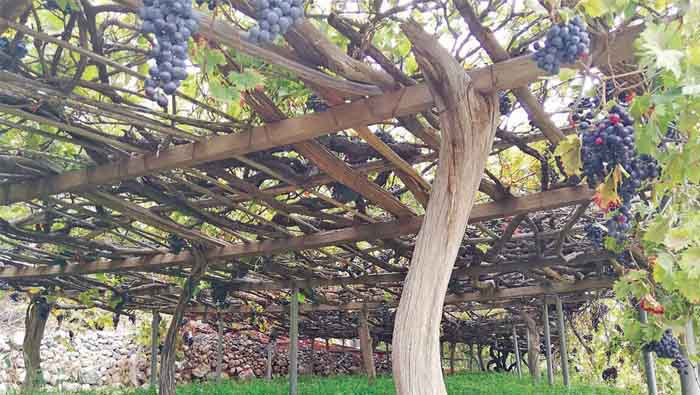
Muscat: Oman’s government has planted more than one million fruit trees as it seeks to ensure its food-security in the future, and at the same time wean itself from foodstuffs exported from overseas.
The move is part of a plan to increase food security in the nation, as well as diversify the Sultanate’s economic output, as part of the Tanfeedh initiative for economic diversification, which has identified agriculture as one of the key areas of potential expansion, as the country looks to move away from traditional oil and gas-based sources of income.
People living in the Sultanate can expect to see a very large increase in the number of locally-grown fruits by 2023.
Dr. Hamdan al Wuhaibi, Acting Director General of agricultural and livestock research at the Ministry of Agriculture and Fisheries Wealth, noted, “We planted more than 1,221,433 fruit saplings at agricultural research gardens between 2011-2017, added to those trees grown in order to support wildlife and local fauna, as well as farms and fields.”
The largest number of new trees were limes, at 682,180 plants, followed by mangoes and lemons, as well as oranges.
Coconuts, bananas and grape vines were also planted.
According to a statement by the ministry, it has been working to develop new technologies, such as agro-textiles, plants raised without the need for soil, and treatments to avoid diseases that can kill plants in Oman. The ministry has also been growing date trees using textiles, which improves their yield and health.
“We planted more than 324,451 date trees of various sorts at the agro-textiles centre between 2013-2018,” al Wuhaibi said.
This announcement came during the ministry’s celebration of Omani tree day at the German University of Technology yesterday, which was held under the auspices of Hilal bin Said al Hajri, Governor of Southern Al Batinah.
Agriculture in Oman is booming in certain sectors and, while the country is currently not yet self-sufficient, is moving towards becoming so.
Dr. Hamdan explained that the agricultural sector is aiding the food security system in the Sultanate, which is valued at 56 per cent of the total monetary value of Oman’s food consumption.
There are currently date palms being planted in all governorates throughout the Sultanate, and there are over 325 varieties of date trees in Oman. Most date palms are found in Northern and Southern al Batinah.